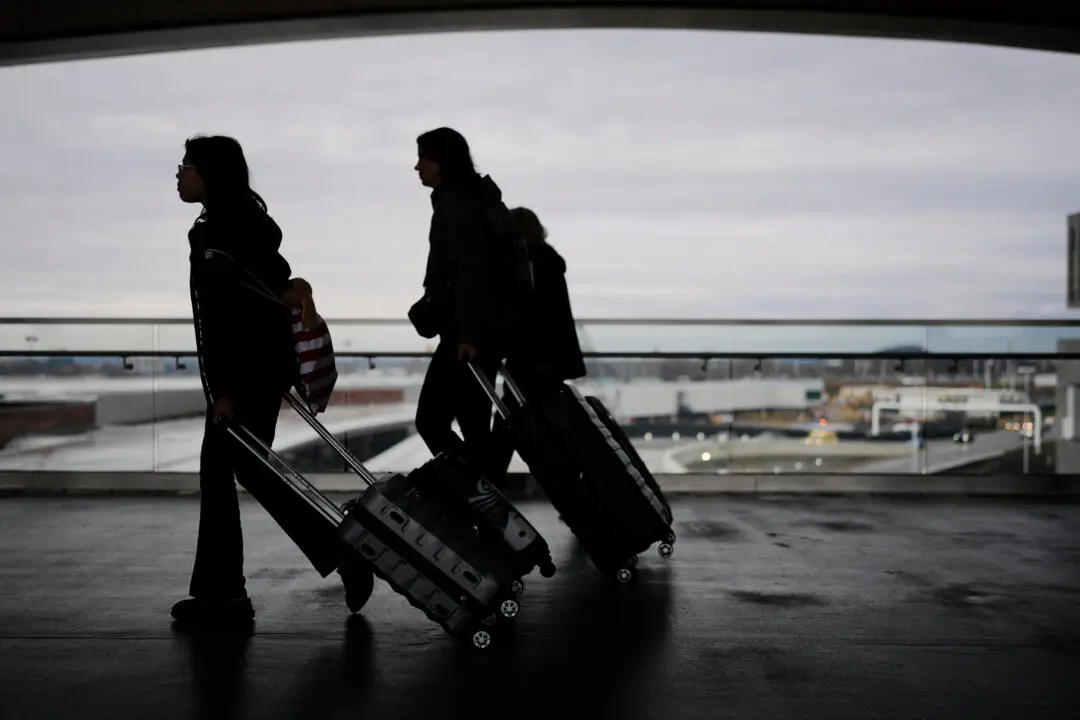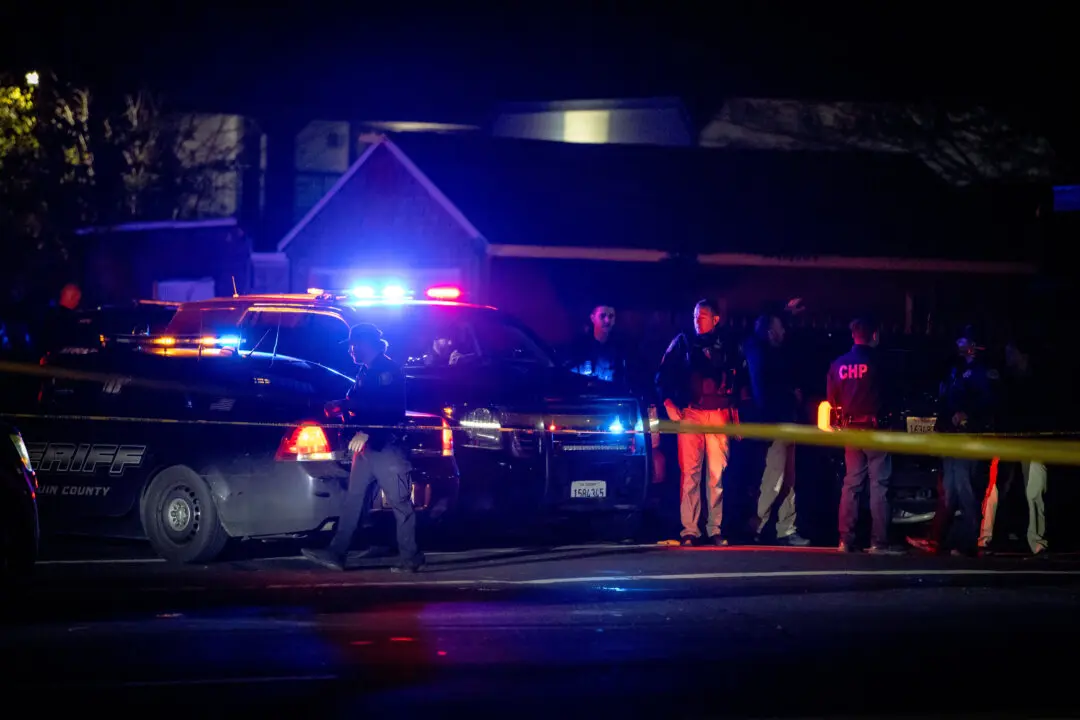LOS ANGELES—By the time the married couple who carried out the deadly San Bernardino attack came to the attention of police, it was far too late.
Syed Rizwan Farook and his wife, Tashfeen Malik, had gone undetected while planning the massacre that included amassing thousands of rounds of ammunition, high-powered guns and pipe bombs.
The FBI’s acknowledgement that the San Bernardino shooters had been radicalized Muslims for “quite some time” points to the difficulty discovering potential terrorists who keep a very low profile and shows the deadly consequences that can occur when identification comes too late.
“It appears these people were very good at hiding their intentions,” said David Schanzer, a Duke University public policy professor who runs a center that studies terrorism. “What this situation shows is it’s not a fool-proof system. ... A hundred percent prevention is not achievable.”
The couple, who lived quietly in a two-bedroom townhouse with their 6-month-old daughter and Farook’s mother, had not come to the attention of law enforcement before clothing themselves in black, donning face masks and bursting into an annual festive meeting of Farook’s county health department colleagues with guns blazing. They killed 14 people and wounded 21 last Wednesday before dying in a shootout with police about four hours later.
David Bowdich, chief of the FBI’s Los Angeles office, told reporters the agency was searching for how and where radicalization occurred and who might have led them to those beliefs.
Investigators believe Malik radicalized before meeting Farook, FBI spokeswoman Laura Eimiller said Tuesday, though she didn’t elaborate on what led the FBI to that conclusion. Farook, 28, a restaurant inspector born in the U.S. to a Pakistani family, radicalized before Malik, 29, emigrated to the U.S. from Pakistan in July 2014 on a fiancée visa and married him the next month.
America’s counterterrorism infrastructure has had success flagging individuals who try to travel abroad to fight alongside militants, fund operations overseas or who communicate online with overseas terrorists. But it’s been far more challenging for law enforcement to identify each and every individual who self-radicalizes online, a process the Islamic State has facilitated with slick Internet propaganda aimed at the disaffected.
“They’re not communicating with a terrorist organization, they’re not doing those other things that we have typically looked for when we’re looking for terrorists,” said John Cohen, a former Homeland Security Department counterterrorism coordinator.
Behavior in isolation isn’t likely to put a defendant on law enforcement’s radar. But sudden withdrawal from friends or family, for instance, starts hitting trip wires when combined with other actions, such as increased visits to hate-spewing chat rooms or radical change in appearance. Even then, law enforcement is challenged on a daily basis in separating individuals who hold radical views, which in and of itself is not a crime, from those who are plotting acts of violence or encouraging others in that direction.
“It’s a highly individualized process, and each person is different,” said Seamus Hughes, deputy director of the Program on Extremism at George Washington University’s Center for Cyber & Homeland Security, which recently issued a study showing that 56 people had been charged in the U.S. this year in connection with supporting the Islamic State. “The radicalization process could take a few years, it could take a few months.”





